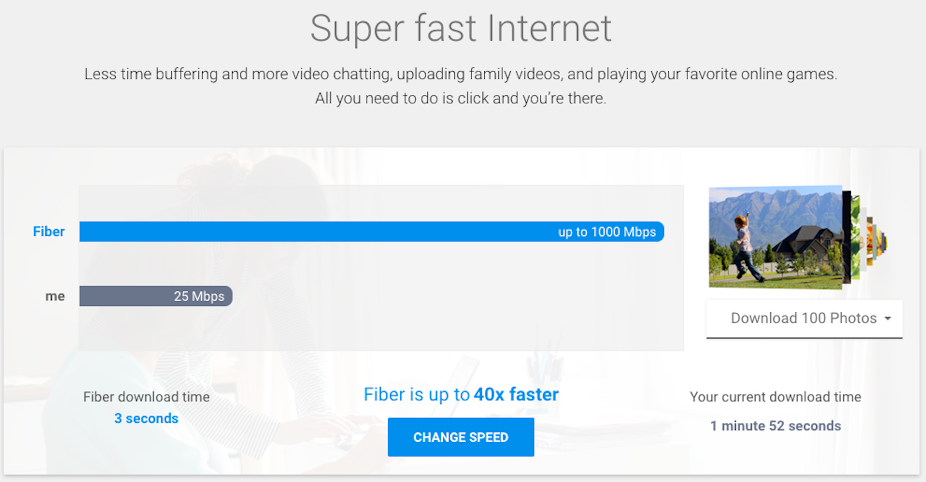The NBN has become an election issue in Australia with claims being made that the Australian public doesn’t want to pay for the the higher speed options of the National Broadband Network (NBN).
The Australian claims that only 15% of consumers have so far opted for speeds of 100 Mbps (Mega bits per second), with the bulk (47%) using the 25 Mbps service and the remaining 33% on the slowest speed of 12 Mbps.
This purchase profile is being used as an argument against the need to change the Fiber To The Node approach of the current government, to the Fiber to the Premises or Fiber to the Distribution Point favoured by the opposition parties. If people don’t want faster speeds, why provide better technology that guarantees even greater speeds than what is currently on offer?
The Australian experience is clearly at odds with what is happening in New Zealand where uptake of fibre broadband with speeds above 25 Mbps seeing a growing adoption rate.

The US market is also showing that services up to 1 Gbps (1,000 Mbps) have become increasingly popular. AT&T has announced that it will expand its ultra-fast fibre-to-the-home (FTTH) broadband to a range of new cities in the US. At the same time. Verizon’s fiber broadband starts at 50 Mbps and is available up to 500 Mbps.

In the US and New Zealand, when advertising broadband plans, the emphasis is on the different speeds available. AT&T and Verizon do not even mention download limits as these are “unlimited”.
In contrast, in Australia, Telstra does exactly the opposite, selling plans on the basis of download limits. To actually find out what the speed of the broadband connection is, a customer needs to open a document to get a link to a page that talks about speeds of all of their different types of internet plans.
It turns out that Telstra’s standard NBN plan is 25 Mbps. To get 50 Mbps you have to get a “Very Fast Speed Boost” and to get 100 Mbps, you need to opt for a “Super Fast Speed Boost”. Of course, you need to look at the original document to find how much extra, the speed boosts will cost (AUD $20 and $30 extra a month).

Another of Australia’s major internet service providers, iiNet, does a better job of allowing the selection of either 25 Mbps or 100 Mbps plans. iiNet still emphasises the download limits, even though anything over 200 GB a month for the average family would be rarely used. The 25 Mbps plan is selected by default and the advice given on the site is that this would be more than sufficient for the average family.
Contrasting iiNet’s recommendations is Verizon, which suggests that 100 Mbps is the minimum necessary for households with 3 to 7 devices.
It is not surprising that in Australia, the majority of customers are opting for speeds of 25 Mbps because this is what the ISPs are pushing. The likely reason for this is that those plans are at a comparable price to what was available on one of the better non-NBN (ADSL2+) broadband plans. The economics of what the ISPs charge for the NBN is in part determined by nbn.co who sets wholesale prices for these connections based on speed.
Telstra’s commercial NBN plans are no different. The default is a 25 Mbps speed and again, if there are options for faster speeds, these are well hidden.
Apart from the way in which the Australian ISPs sell broadband products to emphasise the 25 Mbps connection, Australian is also in a chicken-and-egg situation. At the moment, people don’t see the need to get faster broadband because there are not the apps and services that really require it. Those apps and services are less likely to appear because people don’t have the speed and capacity on their broadband connections to be able to support them.
In the US, at least in this instance, there is the view that if you build the infrastructure, others will provide the applications and services to use that infrastructure. Being first in that game is obviously important. This is obviously not driving Australian ISPs, and why they don’t believe that they should offer faster speeds is a mystery.

